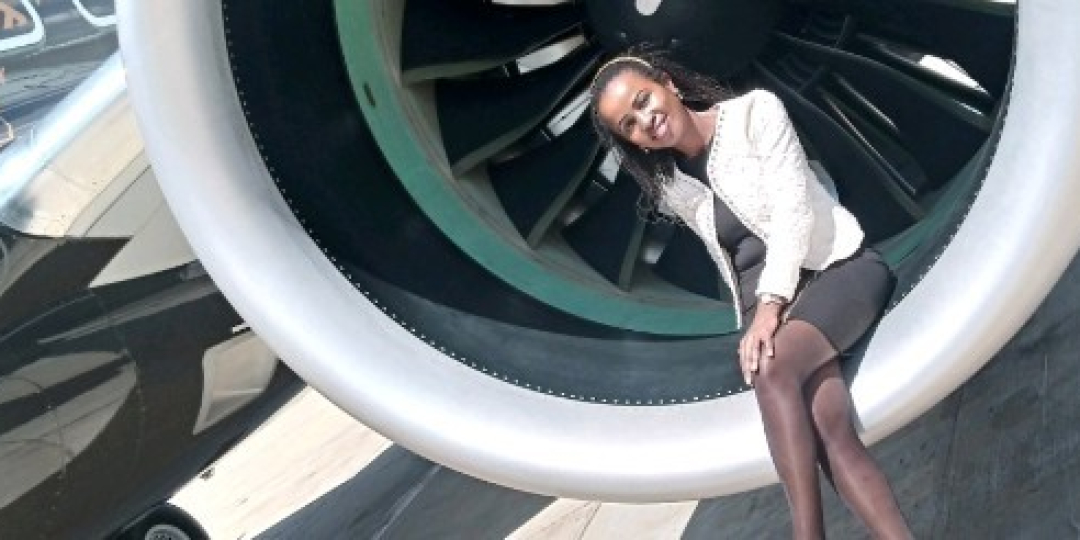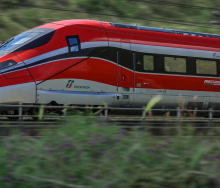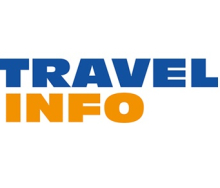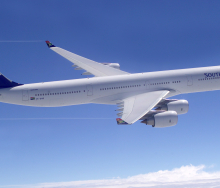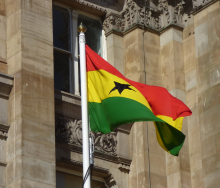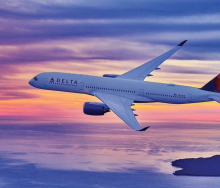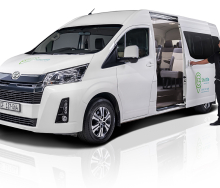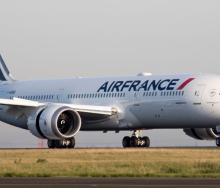The old-world logic that stopped African aviation from functioning properly is what the Single African Air Transport Market (SAATM) is trying to scrap. And countries caught up in this restrictive mindset will find that they exclude themselves from the economic and social benefits that a good aviation network brings.
Seychelles Minister of Transport, Anthony Derjacques, expressed hesitancy over Seychelles joining the SAATM initiative in order to protect its airlines, at last week’s SAATM conference in his country.
Travel News asked several aviation bodies for their views on Seychelles’ unwillingness to commit to SAATM.
Kamil Al Awadhi, IATA's Regional Vice President for Africa & Middle East said Seychelles stands to lose out on the socio-economic advantages that would come from joining SAATM.
"Despite its small populace, Seychelles is an important African market and active member of the African Union, the Southern African Development Community and the Commonwealth of Nations. Its ability to leverage those ties to enhance prosperity would be significantly enhanced by participating in SAATM and deriving all the socio-economic benefits, including job creation and poverty alleviation that improved competitive connectivity offers tourism and trade.”
Echoing his view, Airlines Association of Southern Africa (Aasa) CEO, Aaron Munetsi said: “The starting point for SAATM has always been the bigger picture of the social and economic benefits to countries derived from having a wider array of competitive intra-African passenger and air cargo connections. These connections will make countries attractive as destinations for travel, investment, tourism and trade.”
Munetsi stressed that every government needs to manage the unavoidable trade-offs between economic and social imperatives in government departments as they seek to achieve their objectives, including non-aviation sectors and interest groups directly or indirectly impacted by aviation.
The African Airlines Association (AFRAA) says one of the main challenges in implementing SAATM is governments' will to sign-up and operationalise the initiative. According to AFRAA’s Business Development and Communications Senior Manager Maureen Kahonge, when the AU launched the initiative, a major objective was to relax non-physical barriers in Africa and simultaneously benefit the continent from a socio-economic perspective.
Kahonge says to date, 36 out of 55 countries have committed to SAATM, and 21 have signed the Memorandum of Implementation to comply with the provisions of the Yamoussoukro Decision (YD) to fully liberate air transport in Africa. Only 10 SAATM countries have implemented all of SAATM’s concrete measures mandated by the African Civil Aviation Commission and pace of implementation is still low.
Kahonge points out that simply joining SAATM as a member state is not enough.
“There are instances reported to Afraa by many African airlines, of denial of traffic rights by some SAATM states. A continental study on the benefits of SAATM commissioned by the African Union Commission (AUC) in 2020 revealed that, out of 607 Bilateral Air Service Agreements (BASAs) that were reviewed, only 235 (39%) were YD compliant, while 372 (61%) were non-compliant. The situation of non-compliant BASAs continues to slow down implementation among the SAATM States”, she says.
Afraa stresses that the benefits of air service liberalisation extend well beyond the aviation industry and passengers, contributing to more significant trade and tourism, inward investment, productivity growth, increased employment, and economic development. As a result, air liberalisation can contribute to growth in employment, incomes, and overall welfare.
Kahonge points out that for Seychelles, SAATM implementation would translate to a 115 000 passenger increase per year, a US$ 37,7 million (R670m) increase in GDP (2,21% increase), plus a 42 000 increase in tourist visits.
Afraa however commends the country’s visa-openness regime. “Seychelles ranks first alongside Benin and The Gambia on the 2022 index as the only African countries which offers visa-free access to all Africans. This is in line with attaining the AUC Protocol of the Free Movement of People Project, complementary to SAATM on removing non-physical barriers to intra-Africa travel.
“Advocacy at industry level is ongoing to encourage more countries to commit to SAATM. One such campaign is the SAATM Pilot Implementation Project to accelerate Africa’s air transport liberalisation by increasing the Fifth Freedom penetration from 14,5% to 30% by 2025, within the club of “ready and willing African states” that have SAATM implementation enablers.
“Afraa encourages African airlines to cooperate amongst themselves to enhance their positioning and better harness the traffic growth opportunities that will arise from SAATM, in view of the fact that airline collaboration and repositioning were effected in other regions where the markets were liberalised,” said Kahonge.
